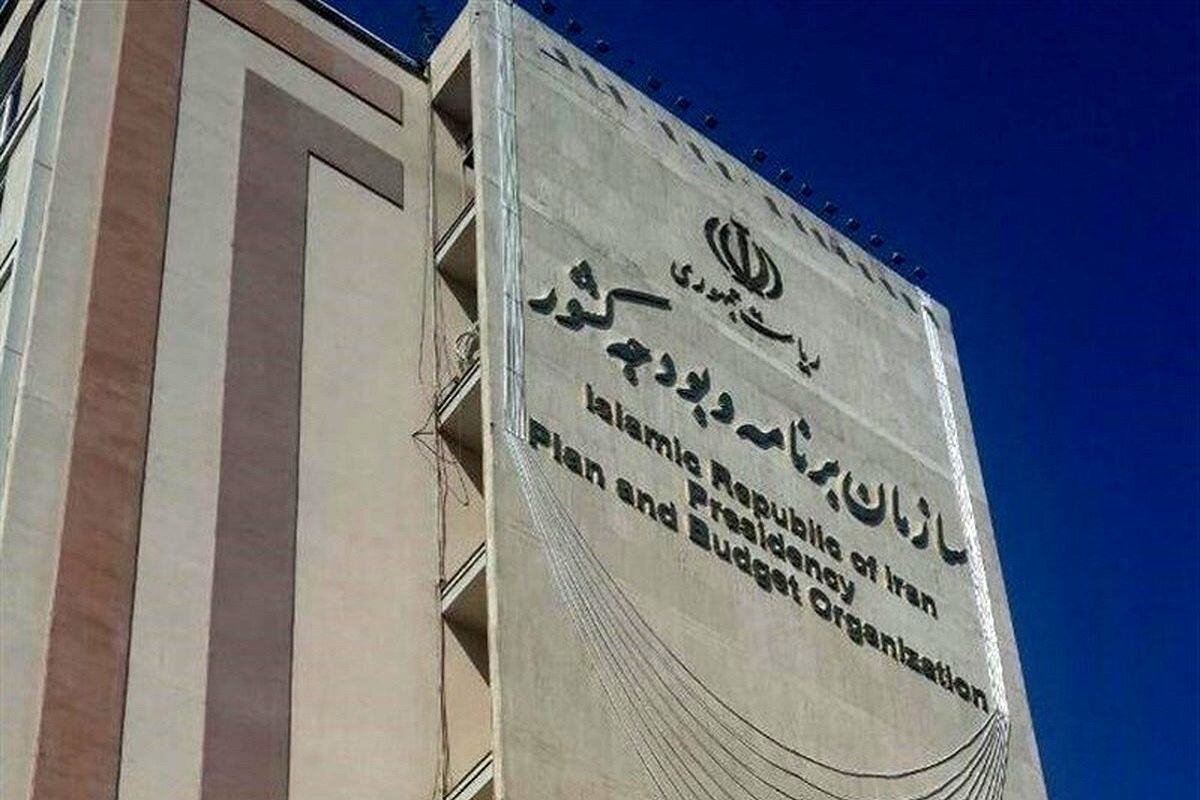Iran to implement 26 economic growth packages in 2025

TEHRAN – Iran plans to implement 26 executive packages aimed at boosting economic growth in the current Iranian year (ending March 2026), following their development in 2024, a senior official at the Planning and Budget Organization (PBO) said.
Alaeddin Azvaji, Head of Macroeconomic Affairs at the PBO, said the initiative is part of the government’s broader plan to revitalize the economy under the “Iran Economic Reconstruction Program.” He noted that the strategies were shaped around five key pillars outlined in Article 119 of the Seventh National Development Plan: inflation control, improving living standards, reducing economic imbalances, promoting growth, and advancing key economic projects.
According to Azvaji, the 26 packages were drafted by various government agencies last year and consolidated into a unified action plan to be rolled out this year. He emphasized that several components are directly linked to improving economic conditions, including purchasing power, by tackling inflation and enhancing household welfare.
He also noted that the country has taken preparatory steps to shield the economy from sanctions and geopolitical challenges, with action plans approved in five strategic areas: healthcare, essential goods supply, oil, central banking, and industry.
Boosting trade ties with Russia and the EAEU
Azvaji highlighted new efforts to strengthen trade with Russia and the Eurasian Economic Union (EAEU), citing historically limited economic interaction between Iran and the bloc. In line with directives from the Iranian president and the head of the Planning and Budget Organization—and responding to Russia’s interest—Iran developed an operational framework to enhance trade with EAEU member states.
This framework, coordinated with ministries such as Foreign Affairs, Oil, and the Trade Promotion Organization, outlines field-level actions and has been submitted for approval to the Economic Council’s Commission. Once ratified, it will become a formal part of Iran’s trade strategy with the region.
Involving key institutions in budget planning
Azvaji said another significant achievement in 2024 was securing active participation from key macroeconomic institutions in drafting the 2025–26 budget bill. He noted that detailed models were used to assess Iran’s tax revenue potential for 2025, and a comprehensive economic overview was shared with the parliament.
He also pointed to the implementation of Articles 3 and 118 of the Seventh Development Plan, which address the mobilization of financial resources to sustain economic growth. A structured plan for resource mobilization across banking, capital markets, and foreign trade was prepared.
Productivity, capital adequacy, and financial reforms
The 2025 budget incorporates measures to support an eight-percent economic growth target, including the creation of one million jobs and securing over 130 trillion tomans in funding—35 percent of which is expected to come from productivity gains.
A productivity roadmap, aligned with Article 111 of the plan, was also developed, and a formal productivity charter was prepared to serve as the foundation for a national productivity strategy.
In addition, Azvaji said the Planning and Budget Organization has been tasked with evaluating and improving the capital adequacy of state-owned banks. A capital injection plan is being finalized and will be submitted to the Supreme Steering Council for inclusion in the current year’s budget.
He also mentioned that last year’s key macroeconomic efforts included increasing the capital of state banks and submitting monitoring reports on the Sixth Development Plan to the Iranian parliament.
EF/

Leave a Comment